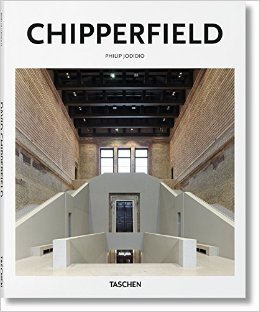"Architecture has to explain itself. It has got to be very clear, what
you might call simple." Born in 1953, David Chipperfield worked for both
Norman Foster and Richard Rogers before establishing a reputation for
himself in Japan in the early 80s, and setting up David Chipperfield
Architects in 1984. The practice, which now operates out of London,
Berlin, Milan and Shanghai has gone on to win over 50 national and
international competitions. Suspicious of "starchitecture". Chipperfield
adheres instead to a meticulously crafted minimalism in which volumes
and light come together in masterful harmony. Less concerned with an
immediately recognizable, individual style, he rather aspires to an
architecture founded on collaboration, ideas, and excellence. His
buildings are intended as physically immediate spaces in which "a sort
of ordinariness" becomes special, and the individual structure co-exists
with broader concepts of city building. Chipperfleld's vision has
driven major projects around the globe, from the Des Moines Public
Library in Iowa, USA to the Hepworth Gallery in Wakefield, UK and the
famed reconstruction of the Neues Museum in Berlin, Germany.
Recent work includes the Museo Jumex in Mexico City and the expansion of
the Saint Louis Art Museum, Saint Louis, USA. This monograph features
twenty four of Chipperfield's most significant projects, with a thorough
introduction, detailed descriptions, and an extensive interview
covering his major influences, and guiding principles on structure,
space, and urban experience.

